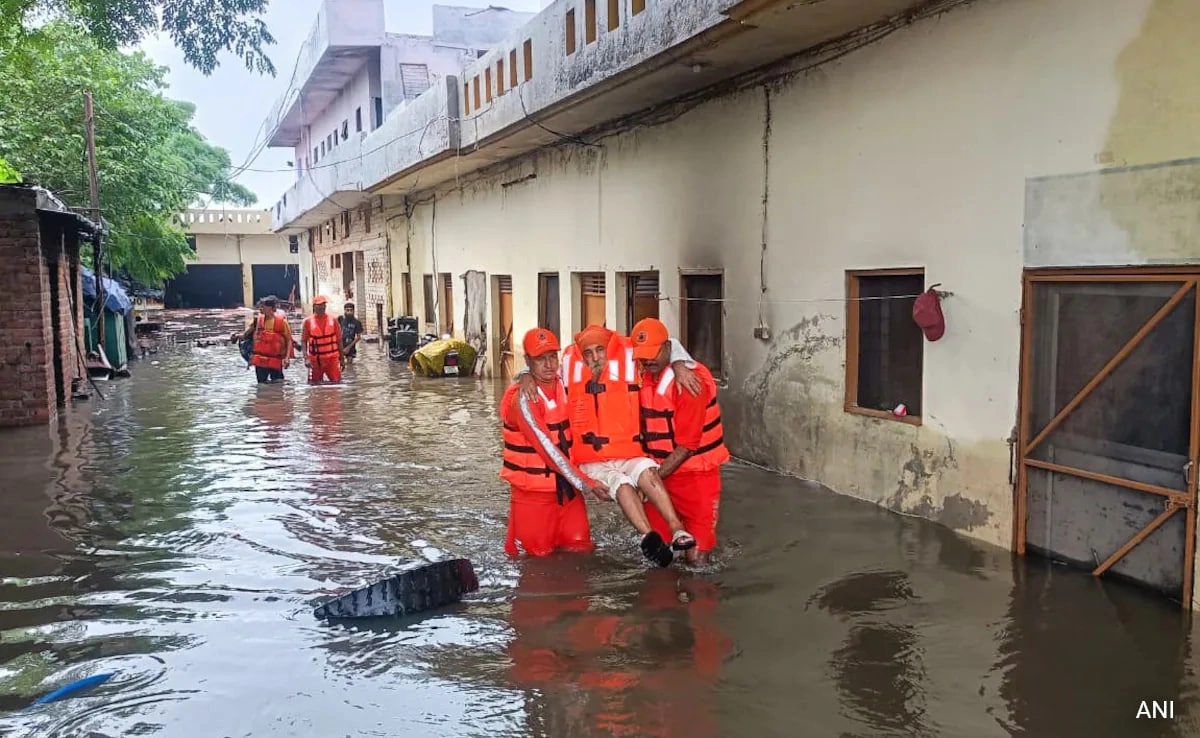The recent floods in Punjab have wreaked havoc across the region, leading to a tragic increase in the death toll, which has now risen to 46. The devastating impact of the floods has been felt far and wide, affecting countless families and communities. As the waters recede, the extent of the destruction is becoming more evident, with reports indicating that approximately 1.75 lakh hectares of crops have been severely damaged. This agricultural devastation poses a significant threat not only to the livelihoods of farmers but also to the overall economy of the region.
The floods, attributed to heavy rainfall and poor drainage infrastructure, have submerged vast areas, displacing thousands and destroying homes. Emergency services are working tirelessly to provide relief to those affected, but the scale of the disaster has overwhelmed local resources. Many residents have been forced to evacuate their homes, seeking refuge in temporary shelters set up by government agencies and NGOs. The urgency of the situation has prompted calls for immediate action to address the needs of those impacted and to initiate recovery efforts.
As the state grapples with the aftermath of this natural disaster, the focus is shifting towards long-term solutions to prevent such occurrences in the future. Experts are urging the government to invest in better flood management systems, improved drainage facilities, and more resilient agricultural practices. The devastating loss of life and property underscores the need for comprehensive planning and preparedness to safeguard communities against future floods. As recovery efforts continue, the resilience of the people of Punjab will be tested, but with support and strategic planning, there is hope for rebuilding and recovery in the face of adversity.




